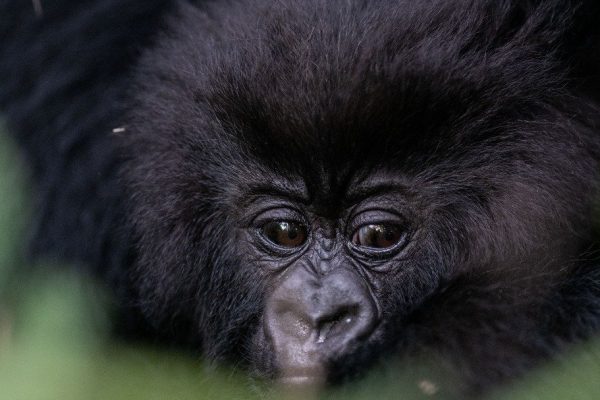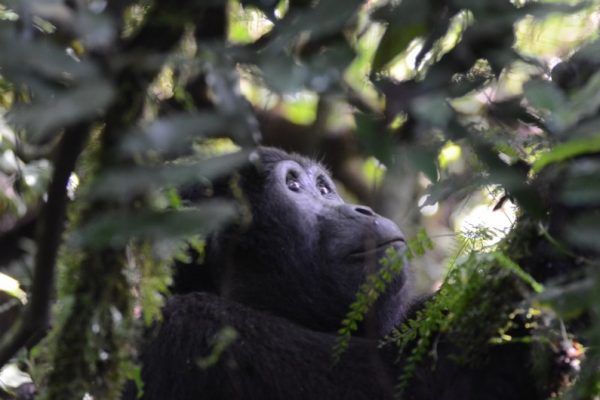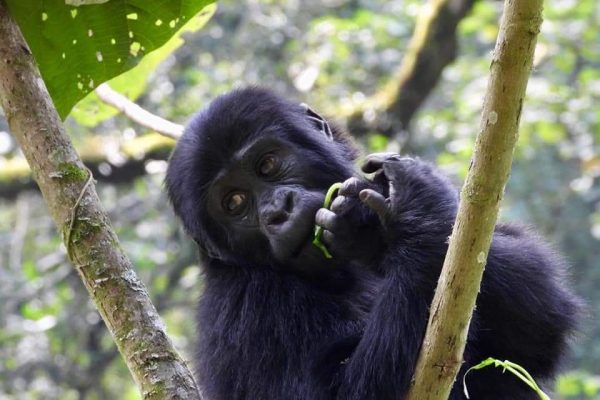Mountain Gorillas Lifespan, Diet, Habitat, Weight, Top Facts
What is a Mountain Gorilla?
This great ape is one of two subspecies of the eastern gorilla and ranks among the largest extant primates globally. These apes possess robust limbs, a substantial chest, and wide hands and feet, along with longer hair and shorter arms compared to their lowland relatives. Their dense black hair provides insulation against chilly conditions.
Mountain Gorilla Facts
Scientific name: Gorilla beringei ssp. beringei
Life span: Generally unknown but data shows up to 40 to 50 years
Gestation: About 8.5 months
Weight: 135 to 220 kilograms (300 to 485 pounds)
Habitat: Dense forest, rainforest, bamboo forest, mixed forest, subalpine grassland on the volcanic peaks
Predators: Predominately humans, occasionally leopards
Size: 1 to 2 meters tall (4 to 6 feet)
Diet: Herbivorous


![Adult Male Mountain Gorilla Silverback [ Gorilla trekking tours in Rwanda] Adult Male Mountain Gorilla Silverback [ Gorilla trekking tours in Rwanda]](https://www.kabiraugandasafaris.com/wp-content/uploads/2020/01/Adult-Male-Mountain-Gorilla-Silverback-600x400.jpg)


